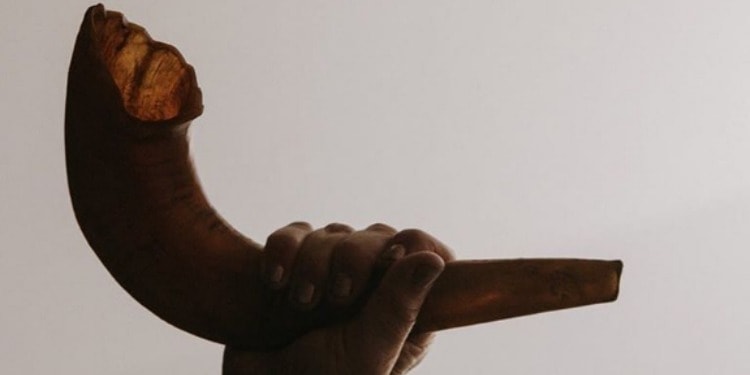A Shofar That Defied the Nazis
Stand for Israel | September 26, 2019

For those of us living in today’s world, the faith shown by the millions of Jews who passed through the gates of Nazi death camps during the Holocaust is almost unfathomable. How did they continue to believe? How did they keep on worshiping? The New York Times’ Ralph Blumenthal tries to answer these questions with this piece on how a Holocaust survivor’s daughter not only uncovered a relic from Auschwitz, but a story of the power of faith in the face of death:
Dr. Judith Tydor Schwartz, an expert on the Holocaust, says her father, Chaskel Tydor, a longtime prisoner entrusted as work dispatcher at one of the more than 40 Auschwitz subcamps, contrived on Rosh Hashana 1944 to send fellow prisoners on a distant detail where they might safely, and privately, pray. He did not know that they carried something with them. But when they returned, she said, one confided to her father that a shofar had been produced and blown.
What is more, according to the account of Dr. Schwartz, who directs Holocaust research at Bar-Ilan University in Ramat Gan, Israel, her father was given the shofar for safekeeping in 1945 by a fellow prisoner as the Nazis emptied the camp and fled the advancing Russians…
Dr. Schwartz said she was loaning the shofar as additional evidence of the lengths to which imprisoned Jews went to practice their religion in the face of their German tormentors.
Their efforts included the mouthing of blessings during beatings and the trading away of bread rations during Passover when leavened products are forbidden. Abandoned oil drums at Auschwitz, the complex of extermination and forced labor camps in German-occupied Poland where about 1.1 million victims perished, were used in place of traditional huts for contemplation during the harvest festival of Sukkot. Rabbis in the camp decreed that even one minute spent inside was a sufficient mitzvah, or fulfillment of a commandment.
And then there were the shofars whose bleats are meant to variously evoke Abraham’s sacrifice of a ram in place of his son Isaac, the summoning of the Israelites to Sinai for Moses’s giving of the law, and the most fervent expression of Jewish hope — “next year in Jerusalem…”
